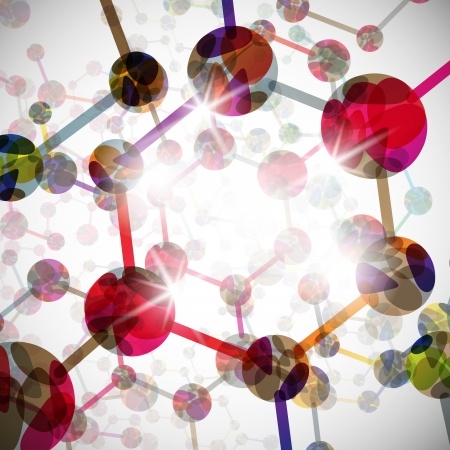Olefactory bulb of rat, toe nails, calorie count, lightning and dinos – no, this isn’t a witches brew. It’s the Thursday edition of SciNews! This eclectic collection of current science news stories is brought to you by STAOBlog. SciNews is published every Monday and Thursday. Stay tuned for more
 Biology
Biology
New research on what the nose ‘knows’ reveals an unexpected simplicity. Science News Daily
Two types of neuronal processors found in the rat olfactory bulb solve the difficult problem of identifying constantly fluctuating environmental odors through linear summation. A team working for 5 years across two continents have made thist surprising discovery, explaining that it’s an operation no less straightforward than the one a child uses to add or multiply numbers. Read more…
What Will Happen to Your Body in 2015? World Science Festival
You probably have a lot to look forward to in 2015: Getting to work on some of those resolutions (which hopefully won’t fall by the wayside in early March), reevaluating the direction of your life, and in general becoming a better and more fulfilled you. But no matter how productive or transformative the next year is for your career or art or love life, your body will be chugging merrily along for those 365 days doing what it does best: growing, processing, and generally keeping you alive. Here’s a snapshot of some of the visceral changes you’ll experience in the next year: Read more…
Chemistry

Plastics at sea create raft of problems. Science News for Students.
If you could somehow weigh all the plastic floating in the world’s oceans, it would equal the mass of roughly 38,000 African elephants.
That estimate comes from a new global study of plastics floating in the oceans. After six years of research, scientists estimate the seas contain about 5.25 trillion pieces of this trash. Its combined weight: an estimated 269,000 metric tons. Read more…
Why Most Calorie Counts Are Wrong. Discover.
Food labels seem to provide all the information a thoughtful consumer needs, so counting calories should be simple. But things get tricky because food labels tell only half the story. A calorie is a measure of usable energy. Food labels say how many calories a food contains. But what they don’t say is that how many calories you actually get out of your food depends on how highly processed it is. Read more…
Physics
Thunderstorms can generate powerful radiation. Science.
If you’re close enough to a thunderstorm, you’ll hear lightning crackle and roar as it streaks across the sky. Yet some storms offer an even more stunning spectacle — a type of high-energy fireworks. Although invisible to the human eye, some cameras can spy these high-altitude light shows. The radiation can be bright enough to see from hundreds of miles away in outer space. And scientists have now uncovered new data on the source and frequency of this unusual phenomenon. Read more…
 Earth and Space Science
Earth and Space Science
Dino double whammy. Science News for Students.
An Earth-bound asteroid brought a swift end to the time of the dinosaurs. But that impact may have had help in its deadly outcome, a new study concludes. Volcanic activity began in what is now India prior to the collision. It then continued on, long after the impact, the new study finds. Those eruptions may have spoiled the climate for dinos and other forms of life, the team of scientists now argues. Read more…
What Happens When You’re Caught in an Avalanche? World Science Festival.
Snow can be majestic and ethereal, but in the right combination of circumstances, it can prove deadly. Recently, two U.S. ski team prospects perished in an avalanche in the Austrian Alps; in the U.S., an average of 28 people die in avalanches every year,according to the Colorado Avalanche Information Center. Understanding how avalanches are triggered, and how they flow, can suggest new safety procedures and other precautions that could provide some measure of protection on the slopes. Read more…


